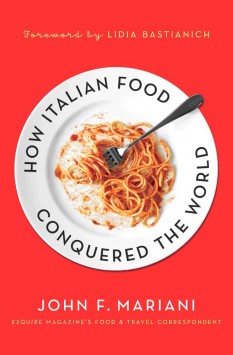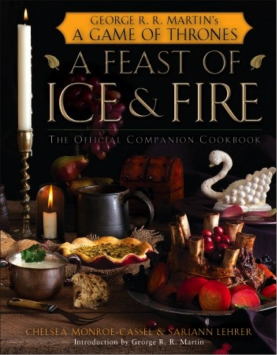The Book of ChocolateTHE AMAZING STORY OF THE WORLD’S FAVORITE CANDY
Chocolate . . .
– Its scientific name means “food of the gods.”
– The Aztecs mixed it with blood and gave it to sacrificial victims to drink.
– The entire town of Hershey, Pennsylvania was built by Milton Hershey to support his chocolate factory. Its streetlights are shaped like chocolate Kisses.
– The first men to climb to the top of Mount Everest buried a chocolate bar there as an offering to the gods of the mountain.
– Every twenty-four hours, the U.S. chocolate industry goes through eight million pounds of sugar.
– Its special flavor is created by a combination of 600 to 1000 different chemical compounds
Join science author HP Newquist as he explores chocolate’s fascinating history. Along the way you’ll meet colorful characters like the feathered-serpent god Quetzalcoatl, who gave chocolate trees to the Aztecs; Henri Nestlé, who invented milk chocolate while trying to save the lives of babies who couldn’t nurse; and the quarrelsome Mars family, who split into two warring factions, one selling Milky Way, Snickers, and 3 Musketeers bars, the other Mars Bars and M&M’s. From its origin as the sacred, bitter drink of South American rulers to the familiar candy bars sold by today’s multimillion dollar businesses, people everywhere have fallen in love with chocolate, the world’s favorite flavor.
HP Newquist is the author of more than twenty books, including Invention & Impact: The Human Body, The Book of Chocolate, The Great Brain Book, a National Science Teachers Association and Children’s Book Council Outstanding Science Book, and The Book of Blood, an American Association for the Advancement of Science award finalist. Other titles include Here There Be Monsters; This Will Kill You;and The Way They Play. Read more about him at www.newquistbooks.com.
The Smithsonian Institution is the world’s largest museum and research complex. Founded in 1846, it includes 19 museums and galleries, the National Zoological Park, and nine research facilities. Its vast collections house 138 million artifacts, specimens, and works of art, which represent our nation’s rich heritage, art from across the globe, and the immense diversity of the natural and cultural world. Learn more at www.si.edu.











Leave a Reply